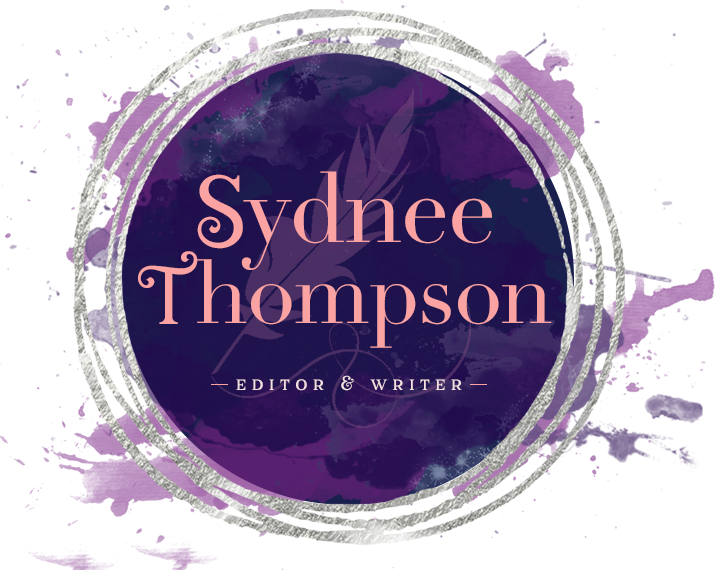
As a journalist, I’ve received more than my share of press releases over the years. My first question is always, “How did they get this email address?” and my second question is usually some form of, “Why did they think it would be appropriate to send this to me?” I’ve received press releases from nonprofits, restaurants, universities, authors…the list goes on. And I always end up sending them to my spam folder. To date, I have not personally been sent a press release that piqued my interest enough to ask for more information or pitch an article. If you write effective press releases, your success rate will skyrocket.
Although sending press releases to any and everyone you have email addresses for is simple and easy, it’s not effective because it doesn’t foster goodwill between you and the media professionals you’re trying to engage. In fact, it does the opposite. It shows that you’re not savvy enough to do your research and focus on the smaller segment of writers and editors that would actually be interested in what you’re trying to promote. In my own marketing work, I’ve encountered success writing and sharing press releases by adhering to the following principles:
- Choose a headline and email subject line that grab the reader’s attention immediately. Obscuring the fact that it’s a press release won’t make someone more receptive to opening and reading the email, so I tend to begin the subject line with “PRESS RELEASE” in capital letters… no, it’s not subtle, but it’s not supposed to be. After all, if you’re dealing with a professional, they’re used to corresponding with publicists and defining the purpose of the email from the onset helps them prioritize their queue. After that, choose a headline of about ten words or fewer that neatly encapsulates your topic: Here’s one example I wrote two years ago. The headline works (worked) because it established the high stakes that media organizations salivate over.
- Don’t bury the lede. Purple prose and long set-ups have no place here — as I mentioned, media professionals receive a lot of unsolicited press releases each day, so they need to get to the point. If you’re hosting an event, the purpose, time, date, and place should be all given by the end of the first paragraph. If your organization won an award, explain what the award was for in the most basic terms. Your headline should already be laying the groundwork for this part, so use it to further demonstrate why editors should care about your topic.
- Include short, meaty quotes from relevant parties. Some news organizations publish press releases more or less word-for-word, so you want to make sure you cover all the bases. Make sure you have someone from your organization going on record about how important/unique/wonderful your topic is — the key is to elicit information in such a way that it can basically stand on its own. (Think soundbites.)
- Give a short summary of your organization, business, or event. After you’ve sufficiently described your topic, include a paragraph summarizing your organization’s mission, history, etc. This also serves to help journalists on deadline who don’t have the time to do a deep-research dive, or those who are simply unfamiliar with your brand. Name recognition is important for determining a story’s newsworthiness; however, if you lack that but have a strong press release otherwise, it’s not the end of the world.
- Watch your word count closely, but don’t obsess over it. Most PR specialists are taught to aim for 300-500 words or one page, whichever comes first. However, you very well may have the organizational branding or newsworthiness that justifies including much more. Use your judgment, but remember that a press release is meant to be a summary, not an in-depth article. You want to offer just enough information to entice a journalist to contact you directly.
- Make sure your media contact’s information is prominently displayed…and that person can be relied upon to answer requests quickly. When I’ve served as media contact for press releases in the past, I’ve been contacted in as little as five minutes after I’ve sent the email. Editors are always looking for content to fill their coverage gaps, and your press release may be just what they were looking for. But you or the person you designate need to be able to respond ASAP. Earned media opportunities are hard to come by, so don’t waste them.
- Research reporters who frequently write about your subject area and send to them directly. If you don’t have any established relationships with reporters, this is the best way to get their attention. If for some reason you can’t find a writer’s email address online, you can send press releases to a general inbox. Many media organizations have different addresses for different sections in their operations, so make sure you know which is which. Sometimes editors will be willing to forward emails to the proper person, but you shouldn’t expect that. Take the time to scan the respective publications you want to pitch to so you can be reasonably certain your topic aligns with their existing coverage.
- BONUS: Send press materials from a branded email address. Who seems more trustworthy: pretty_girl06@yahoo.com or press@oasyscenter.com? I’ve been guilty of using my personal, private email to send press releases in the past, but you should avoid it. You don’t want to get caught in a spam filter and you don’t want to come off as unprofessional. Even if you don’t want to commit to setting up a whole website, buying and setting up a business email address from a ESP takes only 5 minutes.
Still not ready to write your own media materials yet? That’s OK! Contact me today and let’s chat about the PR approach that will work best for you.



